Preparing Your Home for a Dazzling festival Makeover
Diwali, the festival of lights, is a time when homes in India are adorned with beautiful decorations and vibrant colours. If you’re planning to give your home a stunning makeover before Diwali, starting the interior work well in advance is essential. In this mini blog, we’ll explore the best time to begin your interior project to ensure your home is ready to dazzle guests on Diwali.
Assess your project requirements:
Before diving into the timeline, take some time to evaluate the scope of your interior project. Identify the areas you want to renovate or decorate, create a budget, and make a list of necessary materials. This preparation will help you estimate the time required for each task and plan accordingly.
Early preparations: Two to three months before Diwali
Starting your interior work two to three months before Diwali gives you ample time to complete the project without rushing. During this phase, focus on:
a. Research and inspiration: Explore various design ideas, themes, and colour schemes to find the perfect style that suits your preferences and complements the festive spirit.
b. Hire professionals: If your project involves hiring contractors, carpenters, or interior designers, this is the right time to engage them. Schedule consultations, get quotes, and finalize the team that will bring your vision to life.
c. Material procurement: Order materials and furnishings in advance to avoid any delays or stock shortages. Take into account delivery times and consider purchasing essential items first.
Execution phase: One to two months before Diwali
Once the initial preparations are complete, it’s time to move on to the execution phase. This period allows sufficient time for major renovations, installations, or any structural changes that might be required. Focus on:
a. Structural changes: If you’re planning to modify the layout, knock down walls, or make any structural changes, this is the time to do it. It’s crucial to complete these tasks early on to avoid delays in subsequent stages.
b. Painting and wallpapering: Fresh paint or new wallpapers can significantly enhance the look of your interiors. Plan for painting, wallpapering, or any wall treatment at least a month before Diwali, ensuring ample time for drying and touch-ups.
c. Flooring and tiling: If you’re installing new flooring or tiling, plan this phase well in advance. It’s advisable to complete these tasks before finalizing other decorative elements like furniture and curtains.
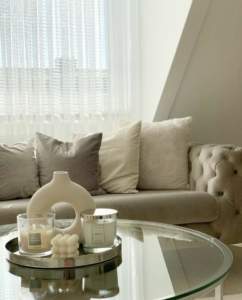 Finishing touches: Two to three weeks before Diwali
Finishing touches: Two to three weeks before Diwali
With the major work completed, it’s time to add the final touches and bring the space together. Focus on:
a. Furniture and furnishings: Purchase or refurbish furniture pieces to match your new interior design. Select fabrics, curtains, and upholstery that complement the overall theme and ambience.
b. Lighting and fixtures: Diwali is all about illumination, so pay special attention to lighting fixtures. Install new light fixtures, chandeliers, or decorative lamps to create a warm and inviting atmosphere.
c. Decorations: As Diwali approaches, add festive decorations to your newly renovated space. Rangoli designs, diyas, lanterns, and flower arrangements can infuse the festive spirit into your home.
To ensure your interior work is completed in time for Diwali, it’s essential to start planning and executing the project well in advance. By following the suggested timeline, you’ll have enough time for all the necessary renovations, decorations, and finishing touches. Contact to give your home a new look and embrace the festival of lights with a beautifully transformed home that reflects the joy and vibrancy of Diwali.


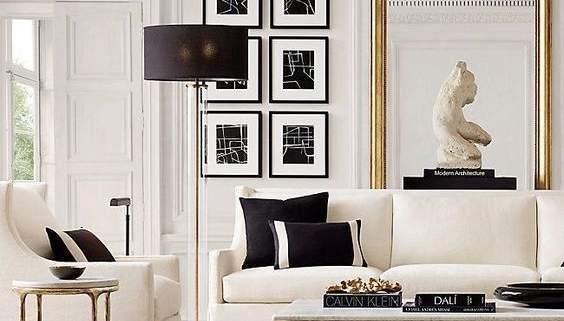
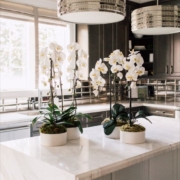 Add Plants and Flowers:
Add Plants and Flowers: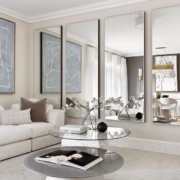 Use Mirrors to Reflect Light:
Use Mirrors to Reflect Light: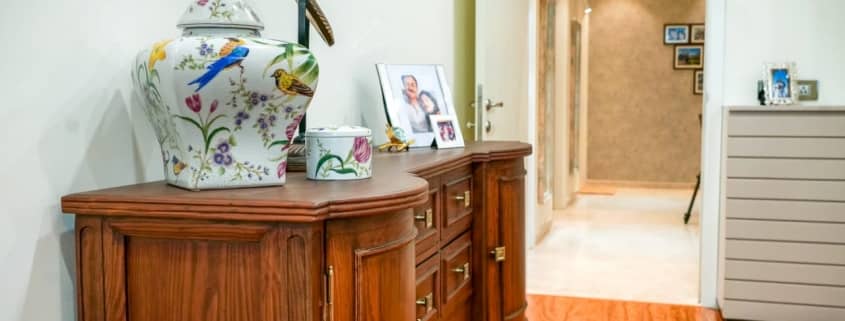
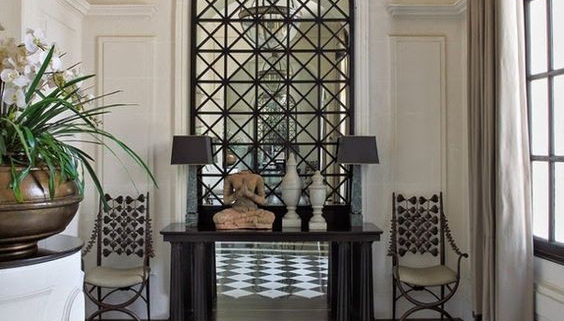
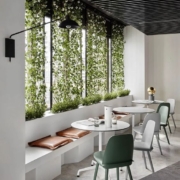



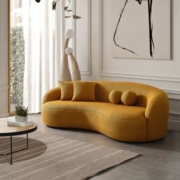
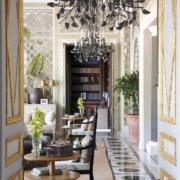
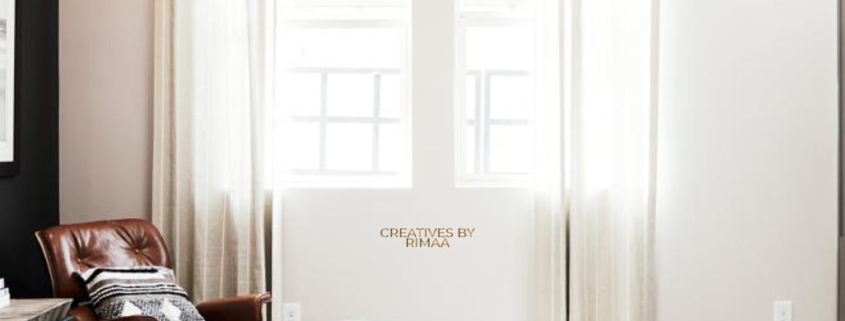
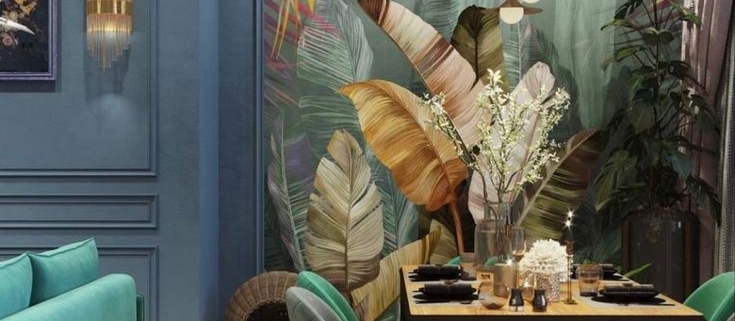
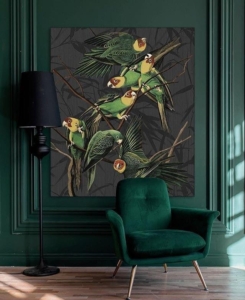 Tip #1: One in, one out
Tip #1: One in, one out
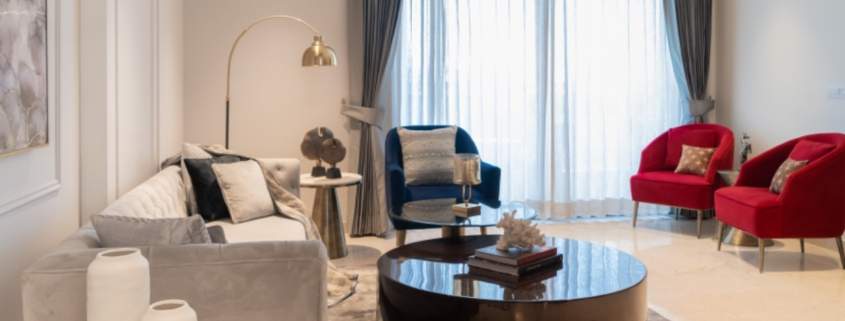
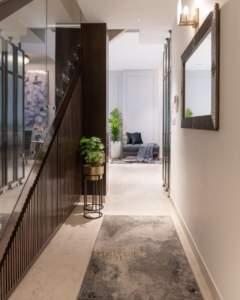 We opted for panelling that has luxurious look and it is sustainable. The textures make the space luxurious and timeless. We created false roofing to give an absolute clutter-free look to the ceiling and used recessed lights which add sophistication to the entire space. We also created storage for nick-nacks under the stairs and gave it elegant look.
We opted for panelling that has luxurious look and it is sustainable. The textures make the space luxurious and timeless. We created false roofing to give an absolute clutter-free look to the ceiling and used recessed lights which add sophistication to the entire space. We also created storage for nick-nacks under the stairs and gave it elegant look.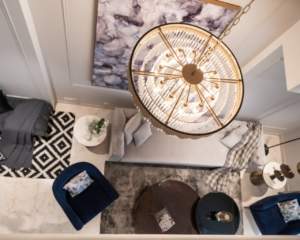
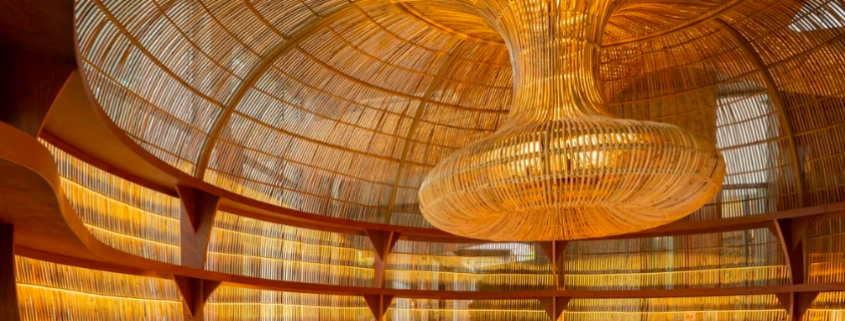
 Before we move to that I would like to mention Anusha Nanavati and her team who beautifully designed a nursery for Sonam Kapoor’s son. She is really done a great job with rattan in this space and it looks very classy.
Before we move to that I would like to mention Anusha Nanavati and her team who beautifully designed a nursery for Sonam Kapoor’s son. She is really done a great job with rattan in this space and it looks very classy.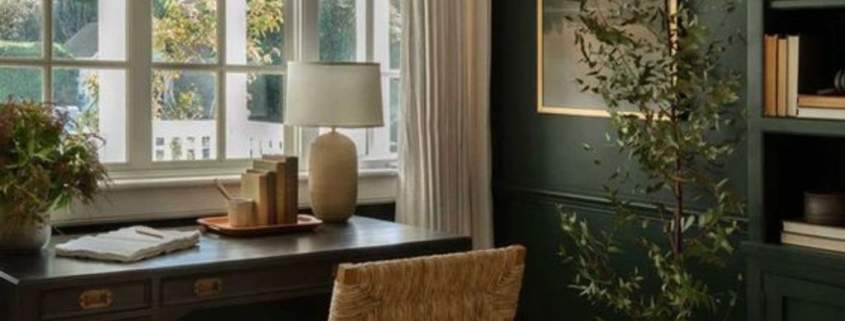
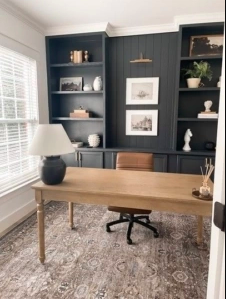 Here are tips that will help you design your office space in a better way:
Here are tips that will help you design your office space in a better way: